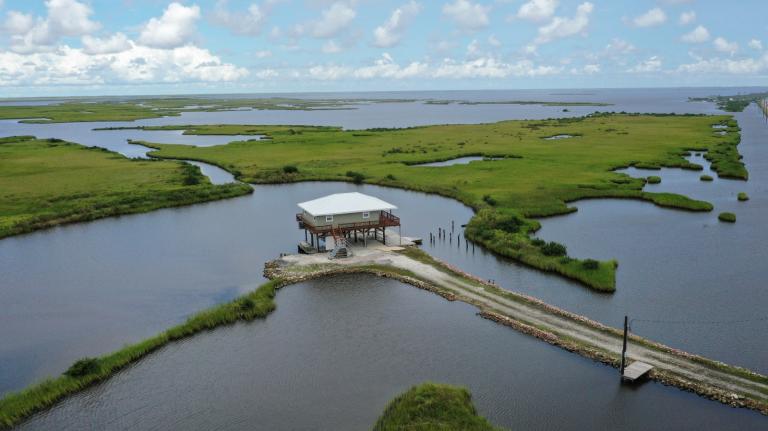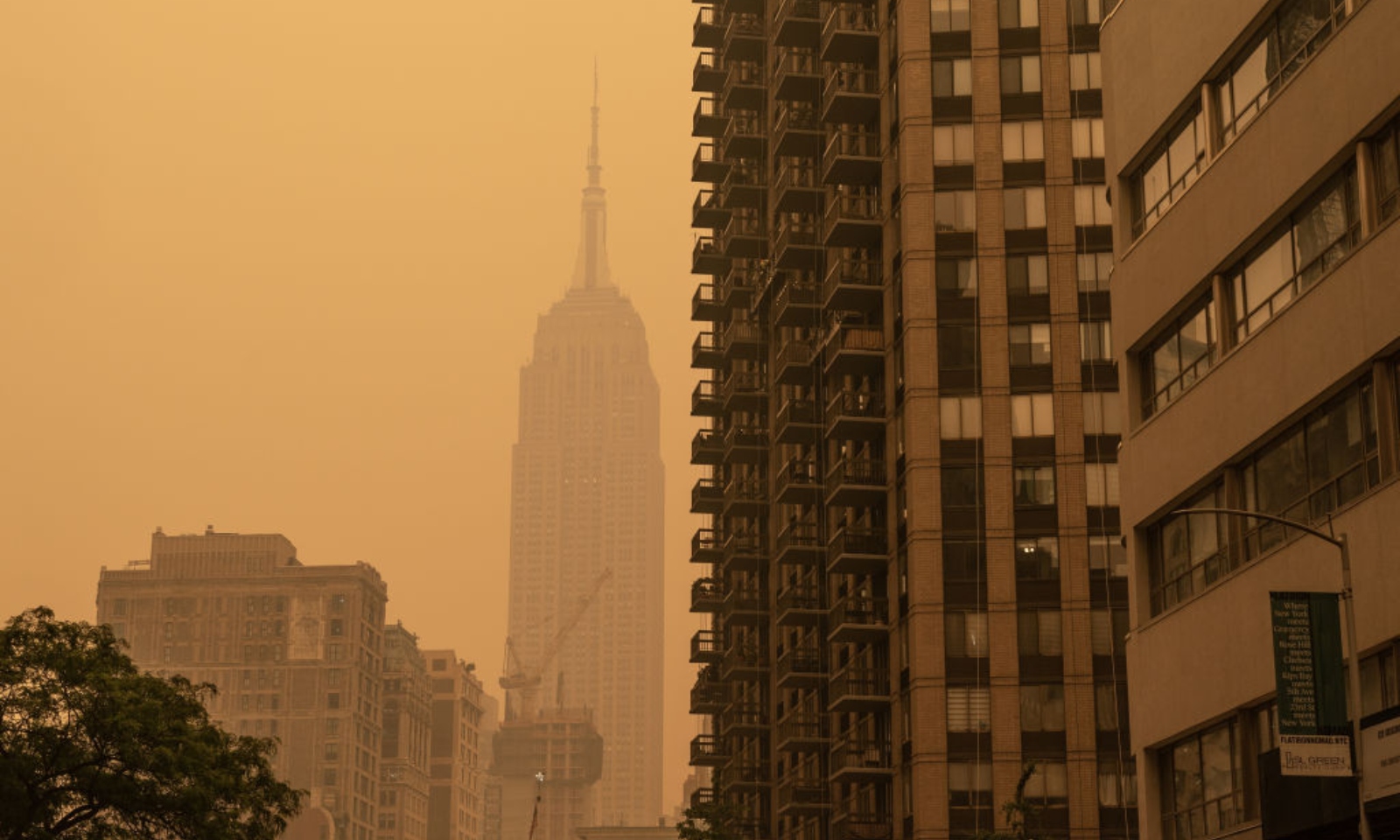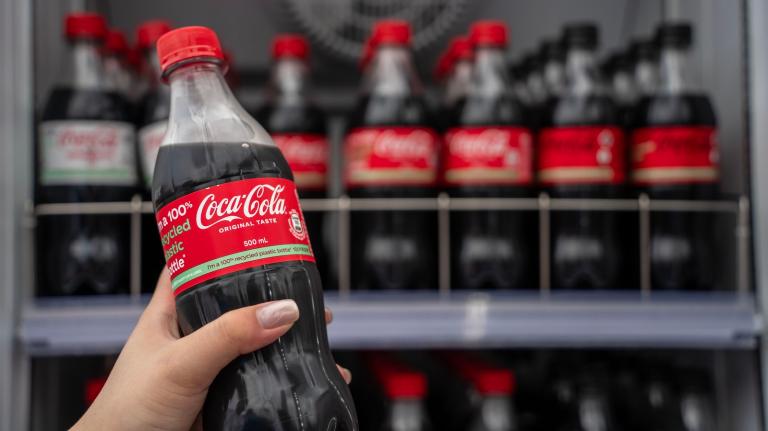On Monday evening, meteorologists at the National Weather Service center in Upton, New York, noticed something unusual in the satellite imagery. A thick wall of smoke from a series of wildfires that had broken out across Nova Scotia was moving south toward the Empire State. After examining the wind patterns and speed of the plume’s movement, the meteorologists forecast it would enter the country’s most densely populated city by the following morning. Sure enough, New Yorkers awoke on Tuesday to gray air that thickened over the course of the day. By evening the city smelled like a bonfire. By the following afternoon, the air had turned orange.
When Stanford researchers crunched the numbers, they found that Wednesday, June 7 was the worst day of pollution from wildfire smoke in the nation’s history, in terms of the average American’s smoke exposure. Air quality plummeted across the Eastern United States, affecting cities from Charlotte to Philadelphia to Chicago. But in no city was the air worse than the Big Apple. The air quality index, or AQI, in parts of Brooklyn reached 484 — nearly double San Francisco’s highest hourly reading during California’s 2020 fire season. In a press conference on Wednesday afternoon, New York Governor Kathy Hochul called it “a health and environmental crisis,” and urged residents to take precautions. New York City Mayor Eric Adams said the situation was “alarming and concerning,” and told people to mask up and stay indoors.
But advocates and public health experts that Grist spoke to described officials’ efforts as slow and confused. Mask distribution efforts came well after the pollution had descended over the tri-state area. As global temperature rise fuels more powerful and frequent blazes across the continent, experts warn that even cities like New York that have not historically experienced wildfire smoke must step up their emergency preparedness efforts to keep vulnerable people safe.
“It’s been a lackluster, underwhelming, frankly problematic response by the City of New York,” said Lincoln Restler, a city council member who represents northern Brooklyn, in an interview. The city had received advance warnings about the impending pollution from state and federal authorities, he added, but “there was essentially no communication shy of a tweet for 36 hours into this crisis.”
Smoke from wildfires is a major public health risk since it contains fine particles that can lodge in lung tissue and other pollutants that can aggravate the respiratory system. Short-term exposure to this type of pollution has been linked to higher rates of asthma hospitalization and heart attacks. Like most public health threats, it doesn’t impact everyone equally. Older adults, pregnant people, and children are particularly vulnerable to exposure, especially if they live in areas that already experience a disproportionate amount of pollution.
In New York, that means places like the South Bronx, where a combination of highway traffic and heavy trucking near warehouses contributes to chronically unhealthy air. According to Columbia University’s Mailman School of Public Health, the neighborhood has one of the highest rates of asthma in the country, and Black and Latino patients account for more than 80 percent of asthma cases across the city.
“You have those chronic cumulative exposures for people who live in areas that are already more polluted, and then you’re stacking on now this intense shorter-term exposure to their long-term exposures,” said Jennifer Vanos, an associate professor in the School of Sustainability at Arizona State University who studies extreme heat and air pollution.
City officials know where the most vulnerable New Yorkers live and should have done more this week to protect them, said Eddie Bautista, the executive director of the New York City Environmental Justice Alliance, a nonprofit organization that works to advance environmental health in disadvantaged neighborhoods. He mentioned a program that his organization pushed the city to implement at the height of the COVID-19 pandemic, which distributed air conditioning units to low-income households so that they could stay cool and socially distant during heatwaves. He wondered aloud why local agencies did not take comparable measures this week, like quickly getting N95 masks to elderly people.
“Like a lot of other people, I’m just stunned at how slow the response was,” he said. “Now we’re bracing ourselves for who knows what upticks in ER visits over the next week.”
A growing body of research backs up his fears. In 2020, researchers at the University of British Columbia in Vancouver found that pollution from wildfires increased asthma-related calls for ambulances within one hour of exposure. A separate study from the California Department of Public Health noted increased incidents of cardiac arrest after wildfires in people 35 and older. Experts told Grist it will take weeks to understand whether hospitalization rates in the city increased as a result of the smoke exposure.
On Wednesday night, the city announced locations where New York City residents could pick up free N95 masks on Thursday. But some workers and advocates said the message came too late. Gustavo Ajche, a delivery bike worker and founder of Los Deliveristas Unidos, a collective of app delivery workers, told Grist that he did his rounds as usual on Tuesday, but by the end of the day he felt lightheaded and his throat hurt. On Wednesday, he was able to get through the day using an N95 mask.
“I think the city’s response lacked efficiency,” he told Grist in Spanish. “The smoke affected us since Tuesday, so since Tuesday there should have been a plan implemented to get more New Yorkers to mask up.”
Asked to respond to the critiques of the city’s response to the crisis, the mayor’s office referred Grist to a video of a Thursday morning press conference where Adams described the developing conditions and urged residents, once again, to don face masks.
“We clearly understand that these crises that we are facing around our health are something that we’re going to have to deal with,” he said. “Climate change is real and we must be prepared.”
Public health experts that Grist spoke to described actions that New York, and other cities, could take in the future to safeguard vulnerable residents from smoke-related health risks. They mentioned better-coordinated mask distribution, text alerts in advance of worsening conditions, and risk communication with business owners so that they can protect their staff. Officials could also implement programs to provide homeless people with emergency shelter and low-income and at-risk city dwellers with air purifiers and other materials that could improve their indoor air quality, since some people live in drafty old buildings that lack air filtration.
“Just because you’re indoors, you’re not necessarily safe from the impacts, because sometimes your indoor air quality is really, really poor,” said Mary Prunicki, director of the Sean N. Parker Center for Allergy and Asthma Research at Stanford University. In severe cases, “people who have the means may have already left the area, but that’s just not an option for a lot of people.”
Events like this week’s will likely become more common in cities that are unaccustomed to wildfire smoke as human-induced climate change increases the power and frequency of blazes across the world. Canada is currently experiencing what may be its worst wildfire season ever, with hundreds of forests burning across the country. Experts say that an effective emergency response plan is key to keeping people safe.
“You want to hear your local government officials, your local university officials, and your local hospital officials all putting out information,” Scott Sklar, a professor at George Washington University’s School of Engineering and Applied Science, told Grist. A city the size of New York has the capacity to prepare itself for a climate impact like this one. Nevertheless, he said, “we weren’t quite ready for it.”
Zoya Teirstein and Jake Bittle contributed reporting to this story.



